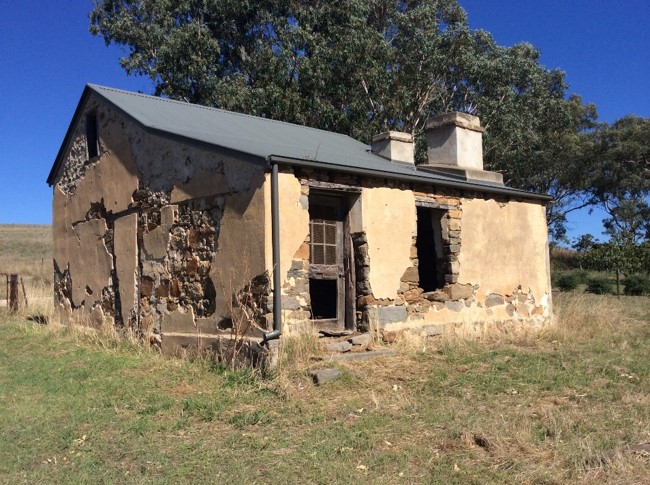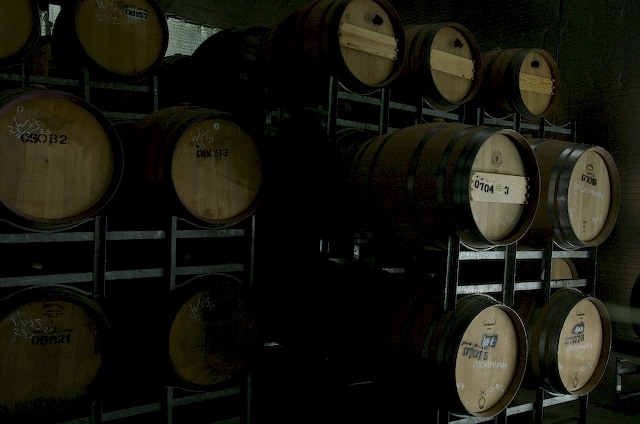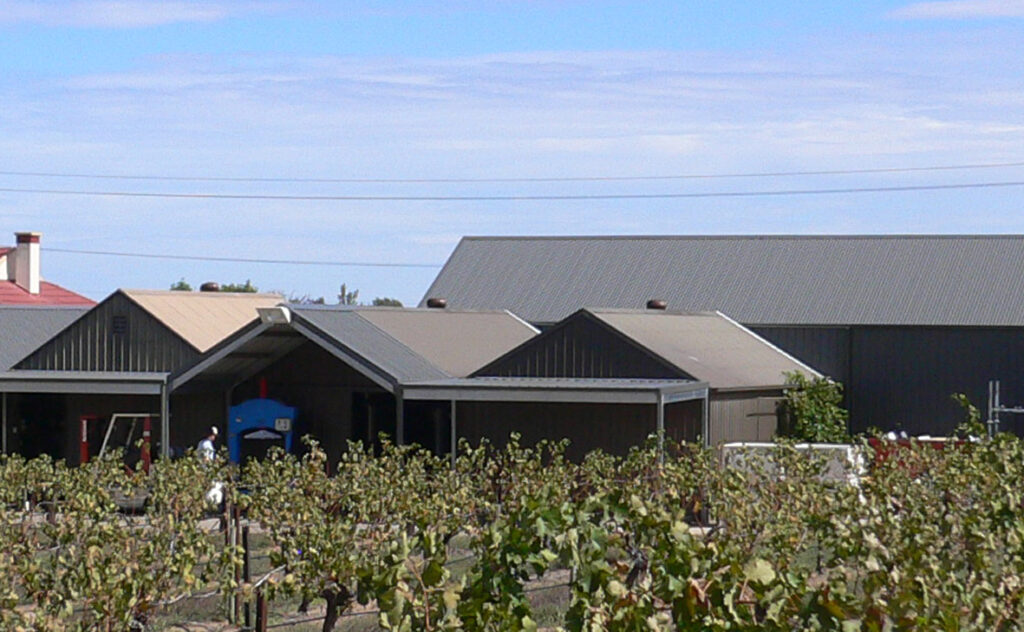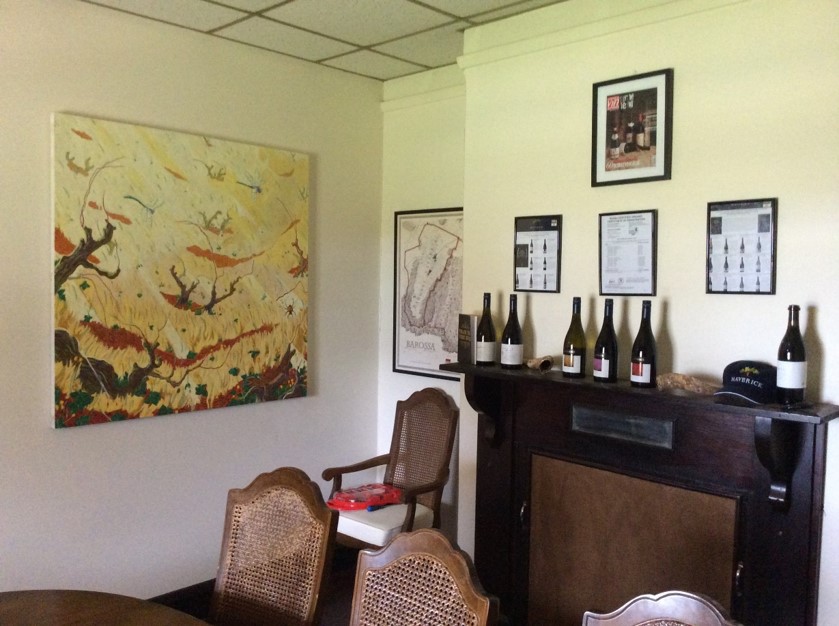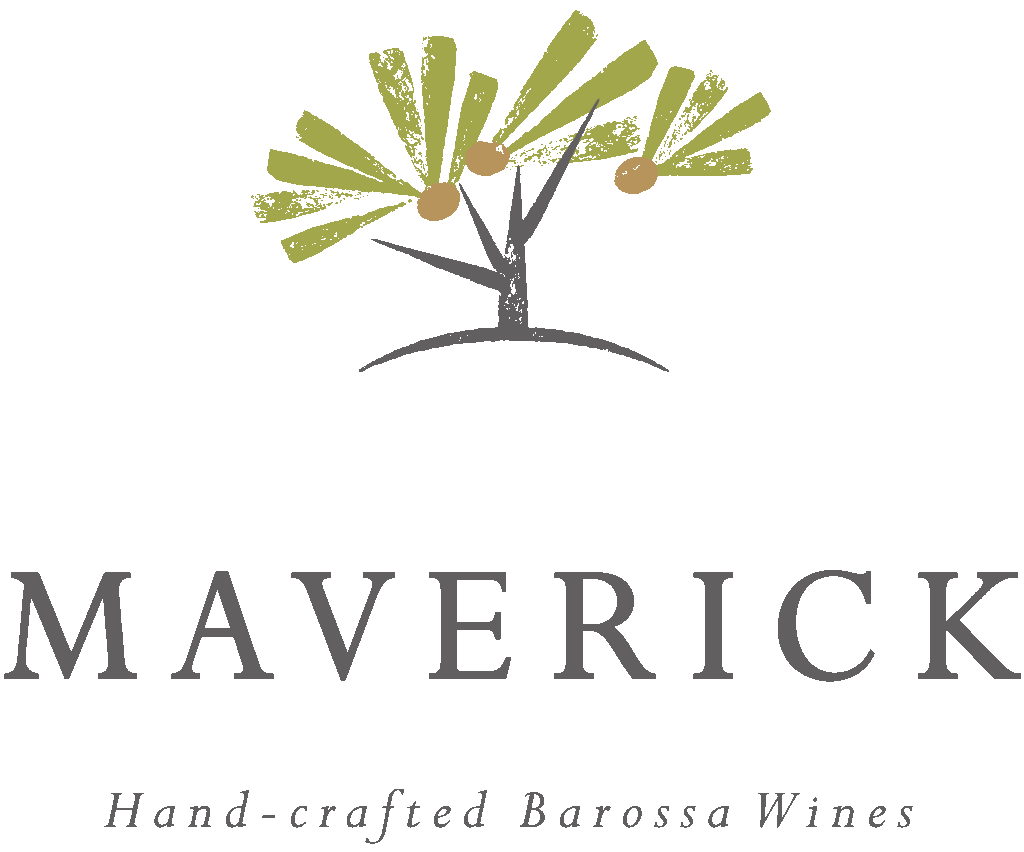
Vine Vale, Barossa Valley
Situated against the eastern foothills in the central Barossa Valley this vineyard is regarded to be in the Vine Vale sub region – this is the smallest of the Barossa Valley’s 15 sub-regions, and is according to the late Peter Lehman (who was born in the 1860’s ironstone across the road from the winery) its best!
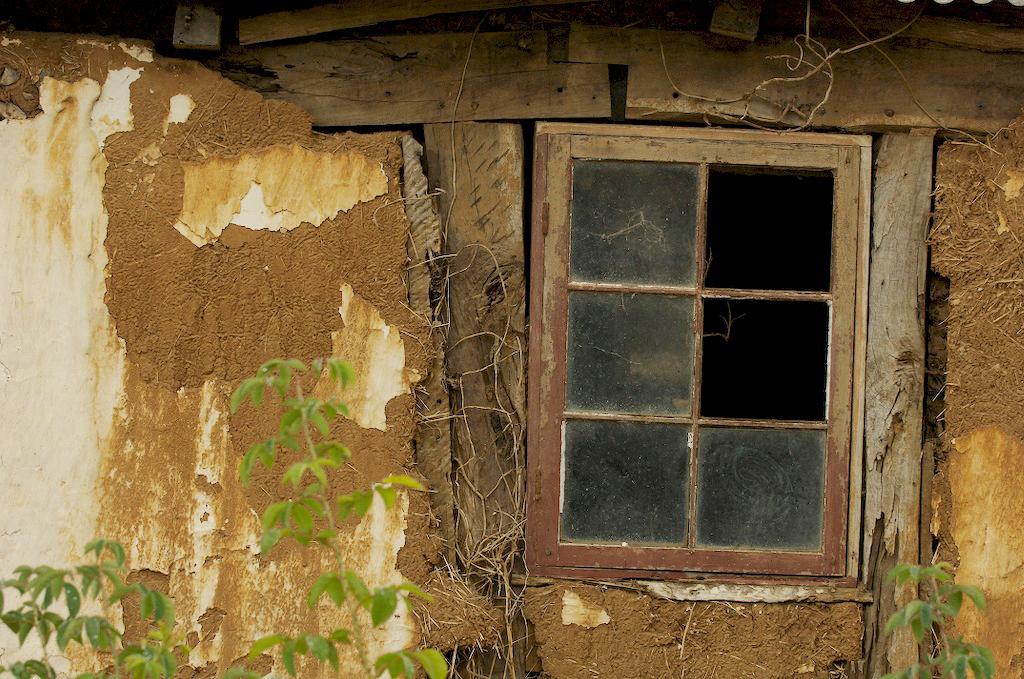


The vineyard was first planted in the 1840’s, and both it and the settler’s house which was built by the Klix family in the 1840’s are thought to be among the oldest in the Barossa. Reflecting this, the house has recently received a Heritage Grant from the Barossa Council allowing a restoration which has done much to arrest the ravages of time. The dwelling is thought to be the oldest of its kind in the Barossa, pre-dating its iron stone successors of the 1860’s which have generally survived better. We still have in the winery office many of the original artifacts from this and our other properties, including a book in German published in Lubeck which gives guidance to Lutherans leaving their native soil for foreign parts due to religious persecution in their native land. Inside the front cover is a hand written genealogy of the Klix family up to the time of their arrival in the Barossa – a true memorial to the history, origins and perseverance of Barossa’s earliest pioneer settlers. The house was lived in by the family until the middle of the 20th century when they moved to the building which is now the winery office.
There is still a row of Riesling planted in the early 1860’s and thought to be the oldest Riesling still in production in the world today. The photograph shows our friend Rowald Hepp, General Manager and Winemaker of the magnificent 9th century Schloss Vollrads in Germany, being surprised to meet such ancestor Riesling wines in the Barossa – looking on is our first dog Dasha who wanted to make sure that Rowald did not bring back valuable such clippings to Germany!
The two most important elements in determining grape composition and wine style in this vineyard relate to soil and climate.
The topsoil is surprisingly sandy (as the photograph shows), with a white beach sand like appearance but underneath at various depths is red clay capable of storing the winter rainfall that percolates quickly through the sandy top soil.
The soil is classified as ‘Nuraip Sand’ and is fine, loose sand with small amounts of organic matter.
The fig tree in the courtyard is a valued treasure, recently restored to vigour by South Australia’s leading fig tree expert Kim Knight. It dates from the 1880’s and every year produced an abundance of biodynamically grown figs which we make into jam for personal consumption and cellar door sales.
Large rainfall events can lead to rapid filling of the topsoil profile which is then provided to the vine with little resistance. The soils can be drought prone when the subsoil is dried out and supplementary irrigation is normally required in most years to avoid this scenario.
The climate at this location is typical of most of the Barossa Valley except for the regular cooling gully winds that start blowing at dusk and stop around dawn. These provide relief to the vines after a hot day and help preserve acid levels and flavour compounds which leads to grape composition of good natural acid balance and vibrant flavour, something not always achievable at other sites away from the foothills.
The sandy soils of Vine Vale (with their clay sub strata which allows for retention of the modest water received annually through rainfall) is perfectly suited for Cabernet and old vine Grenache.
Without doubt the most important factor in succcessful application in the vineyard of biodynamic viticulture practices is not the astronomical callendar or the juxtaposition of the sun moon and plantes, or even the important fruiting days, but rather the complete absence of herbicides, which in turn raises the problem of how to deal with the weeds! Indeed, a chemically farmed commercial vineyard is easily identifiable through the complete absence of weeds between the wines. Our Ahrens’ Creek vineyard in the early days definitely resembled Jurassic Park. We now have in place 3 regimes for the eradication of between-vine weeds-whipper snippering by hand, again by tractor-drawn machine, and finally (when the weeds are of manageable size) by out sensor activated undervine weeder imported from Italy.
The Barossa Ridge Vineyard is also host to the Maverick winery and Cellar Door.
